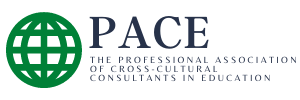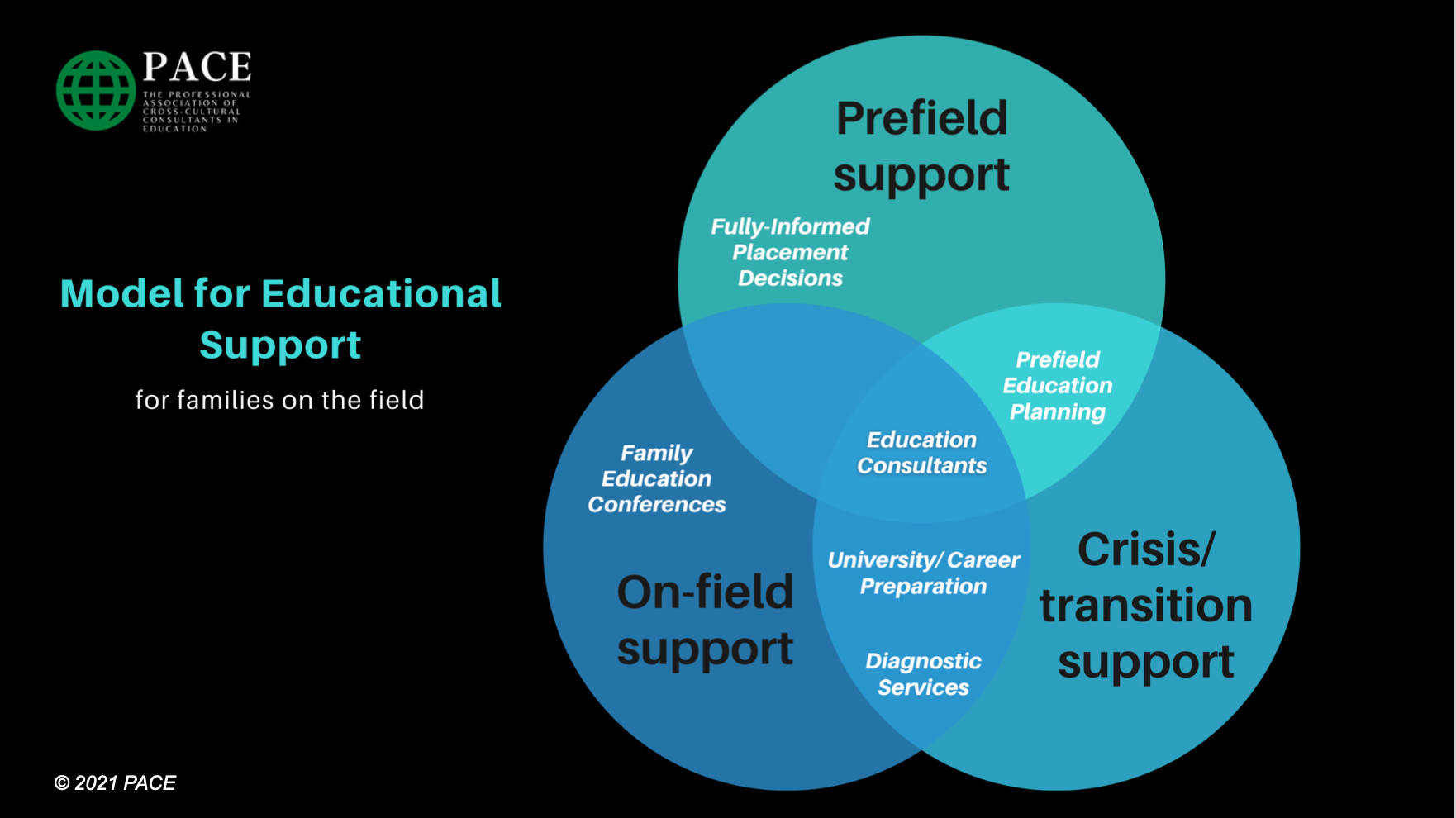In March, many education consultants gathered in person at the MK Education Summit near Atlanta…
Coaching Canadian TCKs
[author] [author_info]Our guest blogger this week is Lorna Jacobson, MK Care & Education Coordinator with SIM Canada and TCK Coordinator with SIM International. She resources and encourages SIM people involved in TCK work around the world, and serves as an advocate for TCKs within SIM International.[/author_info] [/author] The term “Hidden Immigrants” is often used to describe TCKs as they return to their passport countries and look as if they should fit right in – but don’t quite. The physical appearance is right, the language is right, but differences in experiences and cultural backgrounds keep them from fully fitting the patterns of their passport country.
In some ways that same image also describes Canadian TCKs living and studying overseas amidst a crowd of other international young people, especially Americans. With our long history of open and shared borders and easy access to American books, movies and music, etc., Canadian young people look very similar to their American counterparts. And yet, there are differences and one of the areas in which they show up for TCKs – and therefore TCK education consultants – is in the area of their education needs while overseas.
There are differences of detail in the use of the English language. For example, Canadian spelling is not identical to either American or British but lies somewhere in between. The University of Ottawa Writing Centre website summarizes it in these words: “The joint influence of British and American spelling on Canadian usage has provided an additional challenge to Canadian students: Canadians tend to follow standard British spelling for certain words (axe, cheque), to follow American spelling for others (connection, tire), and to allow either for yet more (programme/program, labour/labor, neighbour/neighbor). The important thing to remember is to be consistent in usage and to follow a regular pattern when you spell. Don’t mix neighbour with labor, for example. Choose one or the other pattern, and follow it closely. The best way to avoid problems with mixed British and American spelling is to keep a dictionary handy that shows Canadian usage.”
Helpful resources:
Spelling
Differences between British, American, and Canadian Spelling
Canadian English
Within the field of education, there are specific differences in terminology. First grade, for example, becomes grade 1 in Canadian schools. A high school freshman is referred to as a grade 9 student, while a university freshman is a first year student. Americans tend to use the term “college” very broadly in talking about post-high school education. Canadians differentiate between universities and colleges. Universities offer 4-year programs which culminate in bachelors’ degrees, while colleges tend to offer 2-year programs and grant diplomas, most often of a more of a professional or practical or technical nature. Going to college and going to university are very different things.
The grading scale differs. Like Canadian spelling, the Canadian grading system falls somewhere between the British and American systems. Typically, an A+ is 91-100%, A is 85-89%, A- is 80-84%, B+ is 77-79%, etc., with F (0-49%) as a failing grade. See Wikipedia’s comparison of the grading systems of various countries, including Canada.
Curriculum design and needs differ. One area in which Canadian TCKs have run into challenges when transitioning between overseas schools and Canadian schools is in Math, where the order of introducing concepts, especially in the elementary grades, differs from one national system to another. This sometimes results in serious gaps, depending on the timing of the transitions.
In the upper grades it has often been the sciences that are presented in a different sequence in Canadian and American and British curricula. And always, providing Canadian TCKs with the Canadian geography and history foundation that they need is a challenge. This is true also for homeschooling families, since many use American curriculum materials. A helpful resource to suggest to these families to fill in those gaps is Northwoods Press and a very experienced homeschooling parent/teacher named Donna Ward. (See the “About Us” tab for an understanding of what motivated Donna to develop these materials and why they might fill a need for Canadian homeschooling families. Under the “Frequently Asked Questions” tab, you can find a printable plan for using her materials: Canadian Geography and History intermingled with World Geography and History, Ancient Civilizations, and North American Geography and History throughout grades 1-10.)
Another resource for Canadian homeschooling families is the online NorthStar Academy Canada. The emphasis in the Canadian system on essay writing skills tends to fall, once again, somewhere between the British and American systems, with good writing skills being crucial for university students no matter what their area of study will be. This may also be an area that will need some supplementing.
In checking out schooling standards for Canadian schools, it will be helpful to understand that in Canada, education is a provincial government responsibility and therefore it differs from one province or territory to another. Each province/territory has its own Department of Education whose website can be checked for that region’s standards and other education-related questions.
Next week: University Entrance for Canadian TCKs
What have been YOUR experiences with Canadian TCKs? What other nationalities of TCKs would you like for us to write about?
© 2012-2023 PACE
All rights reserved


